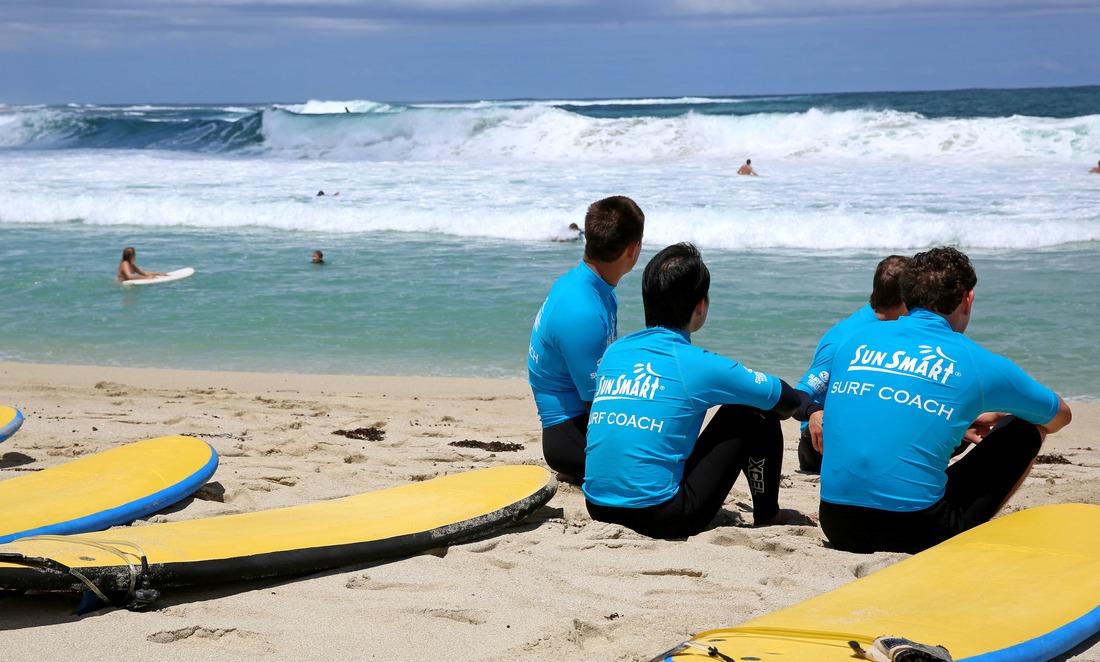If the thought of going into the ocean this summer fills you with trepidation, here are five things you can do to reduce your risk of encountering a shark.
1. SWIM CLOSE TO SHORE
A WA Department of Fisheries report found that of the 26 shark attacks in the State between 1991 and September 2011, only one was within 30m of the shore.
Two-thirds of the attacks were more than 200m offshore, and SCUBA divers and snorkelers made up almost half of shark attack victims. Only three of the attacks were on swimmers.

2. ENJOY THE WARMER WATER
White sharks prefer cooler waters and two-thirds of the attacks in WA in the 20 years to 2011 occurred in water temperatures below 200C. Only one was in waters above 220C.
This preference for cooler water plays out in statistics showing there is a higher rate of attacks off the southern half of the WA coast.
More attacks also happen in winter and spring rather than summer and autumn, despite more people being in the water in warmer weather.
3. STAY IN THE SHALLOWS
And by shallows, we mean where the water is less than 5m deep. More than this and your risk of running into a shark increases.

4. WEAR A SHARK SHIELD
For a long time, the jury was out on these electronic shark repellents but UWA-led research has delivered a result that will be music to ocean lovers’ ears—Shark Shields do help to repel white sharks.
The study found the Shark Shield produced an effective deterrent field of about 1.3m from the devices electrodes.
Shark Shields prevented sharks interacting with a bait 10 out of 10 times on an animal’s first approach, and nine out of 10 times on the second approach.
With models starting at $600 a pop, the device is not for everyone.
But for divers and others with good reason to ignore the first three avoidance strategies, a Shark Shield might be worth considering.
5. AVOID SEAL OR SEA LION COLONIES
Finally, the Fisheries research was unable to rule out proximity to seal and sea lion colonies as a factor in shark attacks.
While the majority of attacks occurred more than 10km from a colony, the study found this may reflect relatively low levels of human activity in these areas.
It concluded it remains plausible that there is an increased risk of attack near seal and sea lion colonies.









